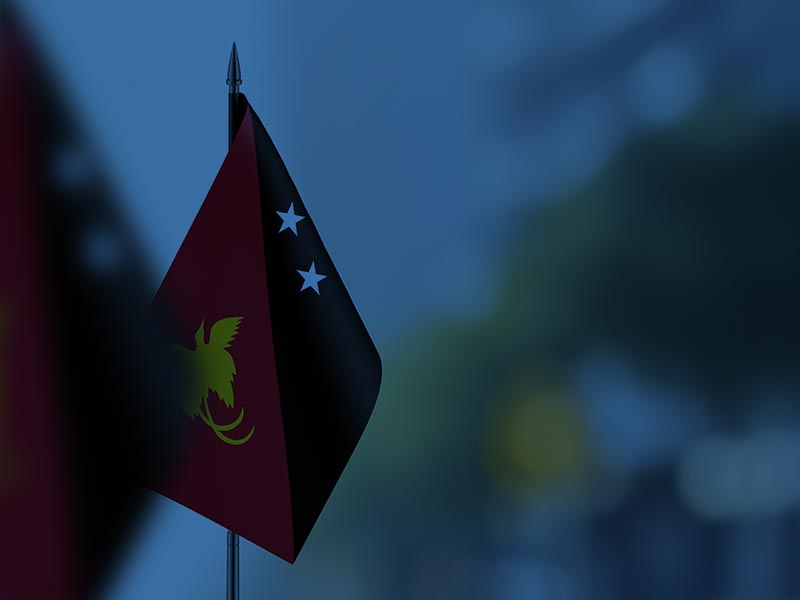Papua New Guinea (PNG) is home to over 800 languages, making it one of the most linguistically diverse countries in the world. This extraordinary variety accounts for nearly 12% of the world’s languages, with a population of around 9 million people. The languages are primarily divided into two groups: Austronesian and Papuan.
Austronesian languages, found mainly in coastal regions, include widely spoken languages like Tolai and Motu. These languages typically feature simpler grammatical structures, often adhering to a subject-verb-object (SVO) word order. Hiri Motu, for example, was developed as a trade language and is characterized by its accessibility.
In contrast, Papuan languages, predominantly spoken in the interior highlands, are highly diverse and do not belong to a single family. Languages such as Enga and Huli exhibit complex grammatical systems, including intricate verb conjugations and multiple noun classes. Some Papuan languages are also tonal, where pitch variations can change word meanings.
Additionally, Tok Pisin, a creole language derived from English, serves as a lingua franca and one of PNG’s official languages. While it simplifies many aspects of English, it incorporates indigenous vocabulary, reflecting the country’s rich cultural tapestry and linguistic heritage.
Related Articles
The Science of Rainbows—Nature’s Prism
Rainbows are one of nature’s most mesmerizing sights, but they’re not actual objects—they’re illusions created by light refraction. When sunlight passes through raindrops, it bends, splits, and...
The Origins of the Tooth Fairy—A Magical Tradition
The Tooth Fairy is a beloved childhood figure, but her origins are more complex than you might expect. The tradition dates back to medieval Europe, where parents buried children’s lost teeth to...
The Origins of the Shamrock—A Symbol of Ireland
With St. Patrick’s Day approaching, the shamrock is everywhere! But how did this simple three-leaf clover become a symbol of Ireland and luck? According to legend, St. Patrick used the shamrock in...





